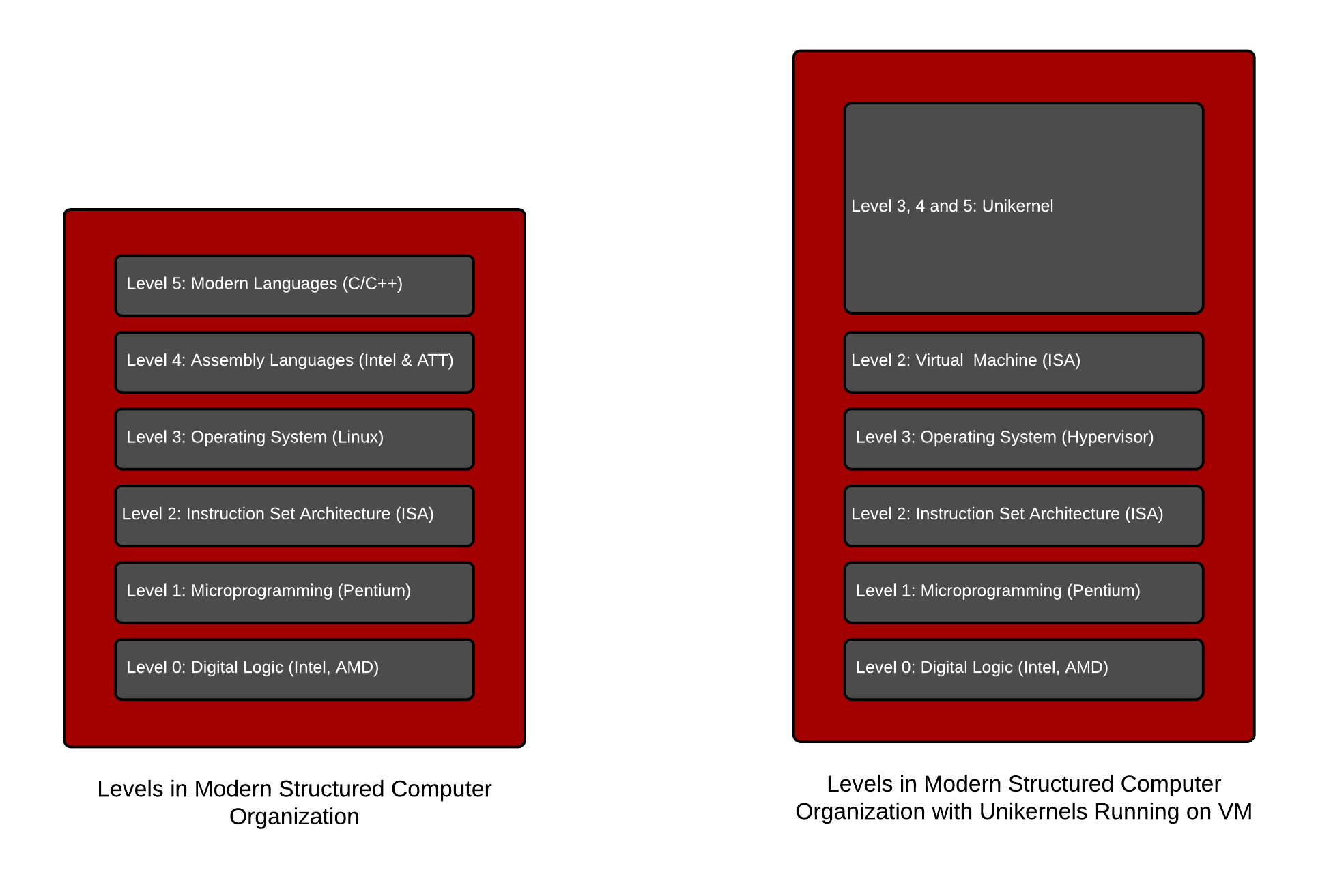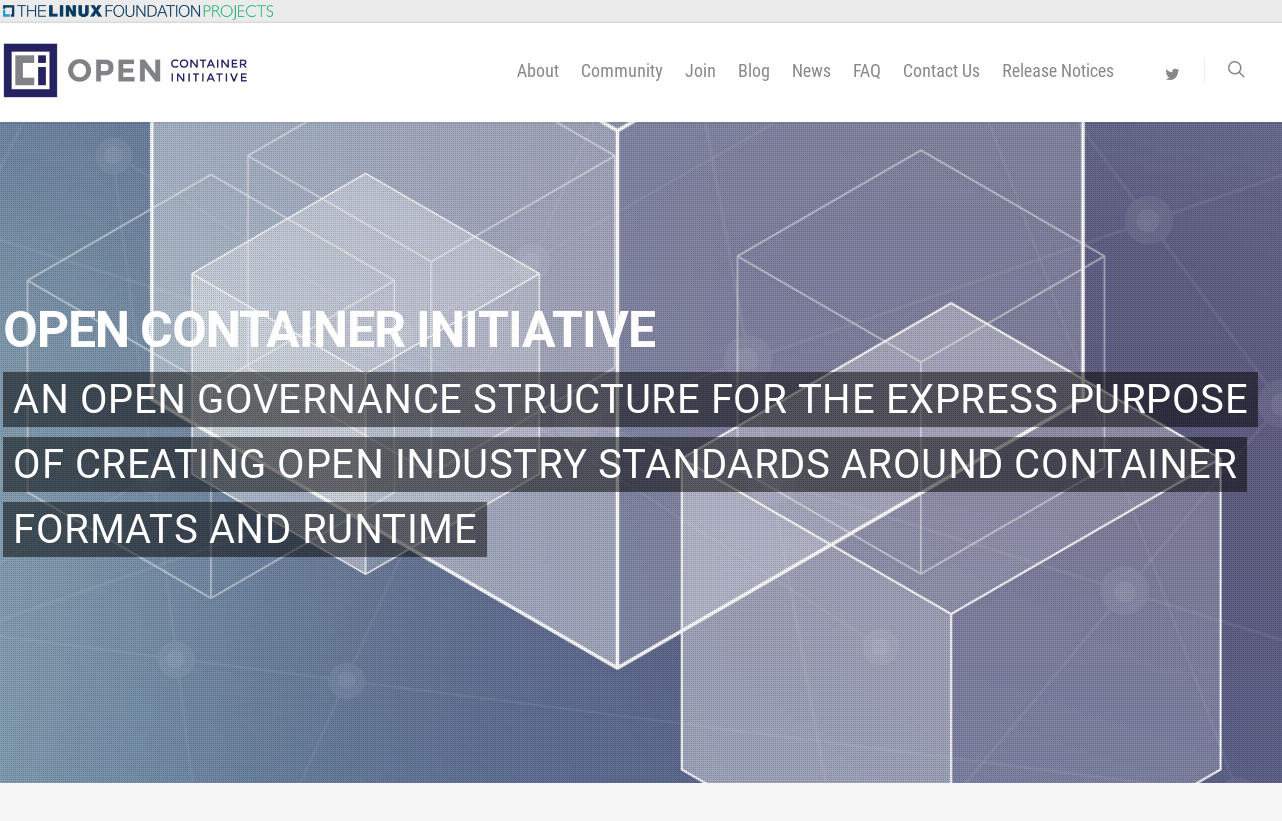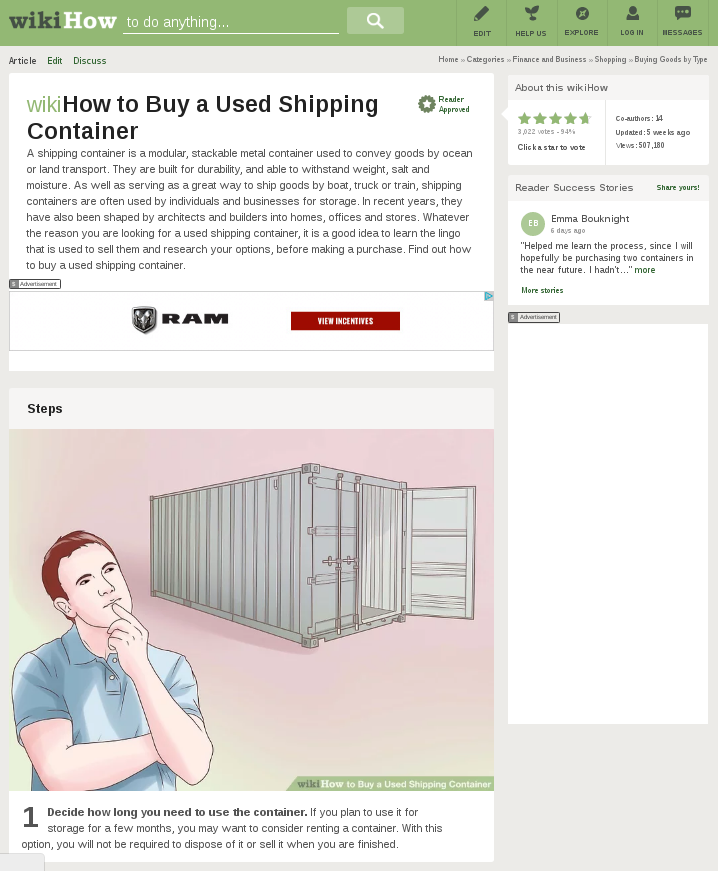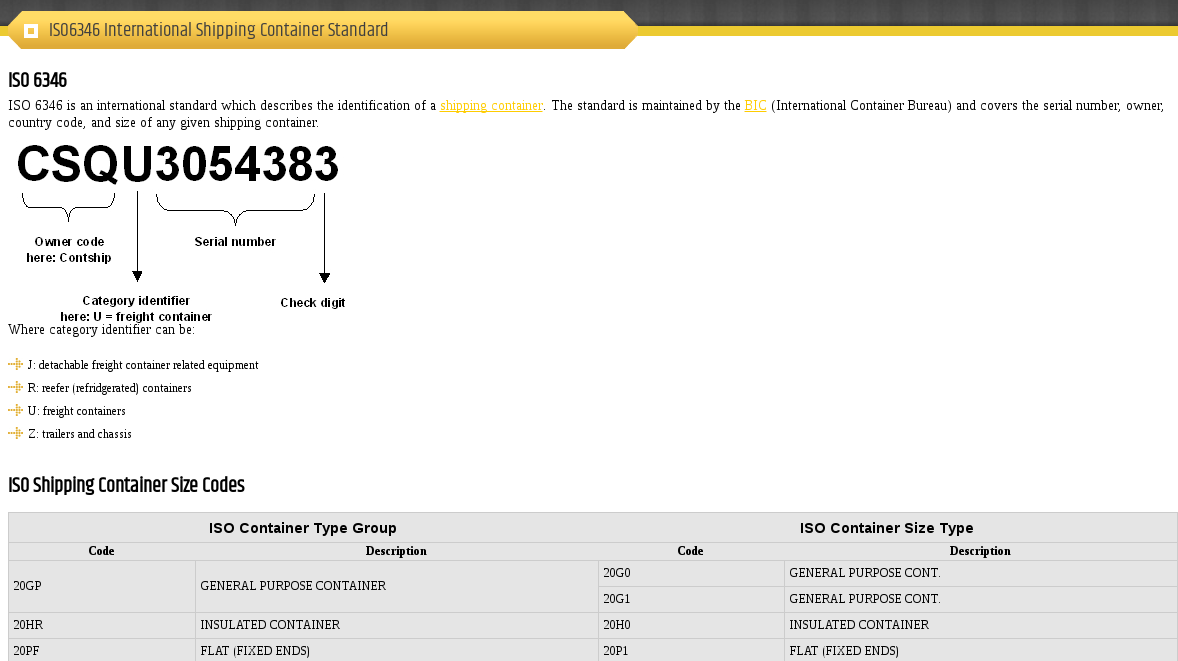Many times, new technologies seem deceptively simple – but I have never found them to actually be simpler. I have always loved the deep technical underpinnings of computing and that’s why I often write about how things like Containers, Unikernels, and Serverless work under the covers. Recently, I was at DevConf in Brno, CZ and
Continue Reading “On Unikernels – Which is Heavier – VMs or OSes?”





